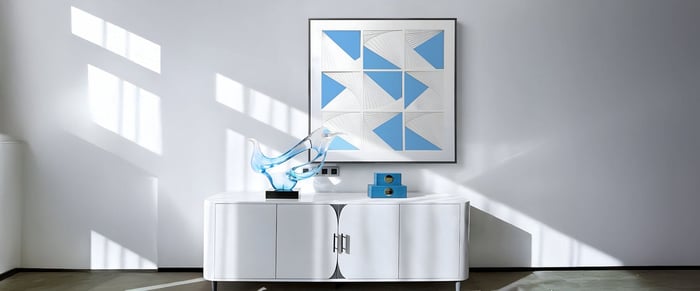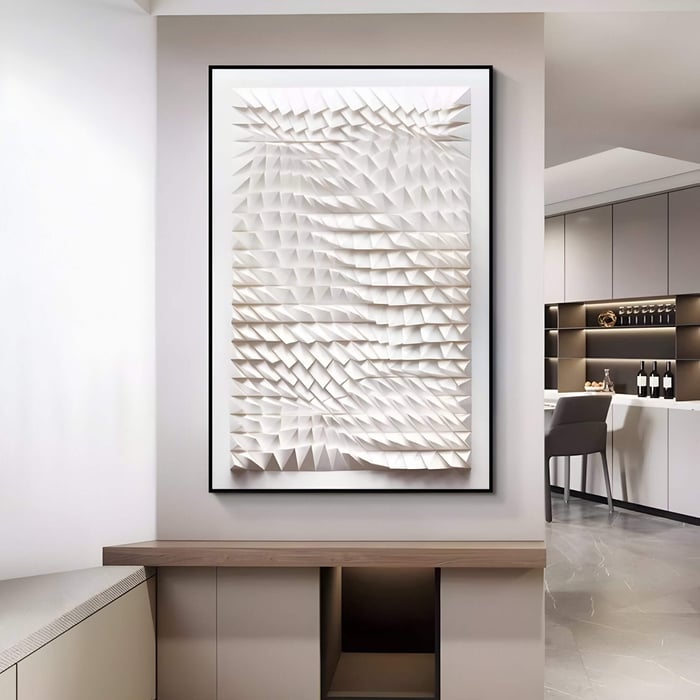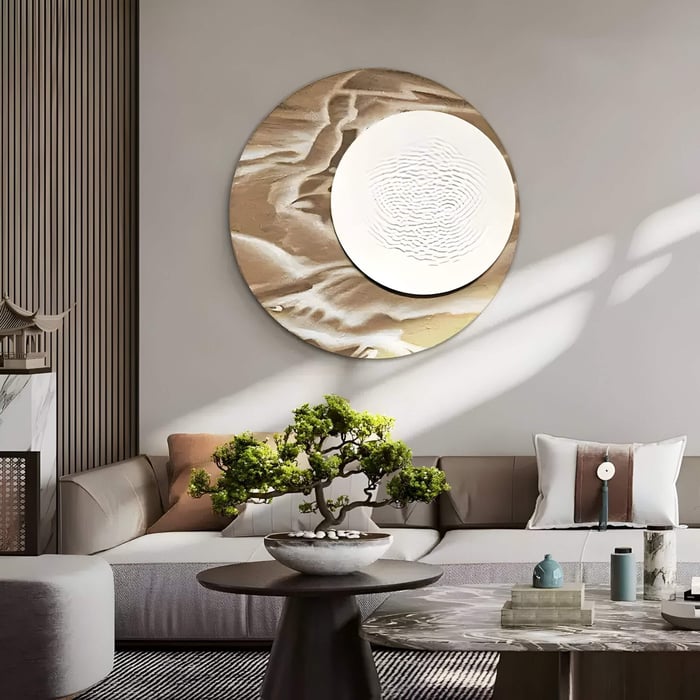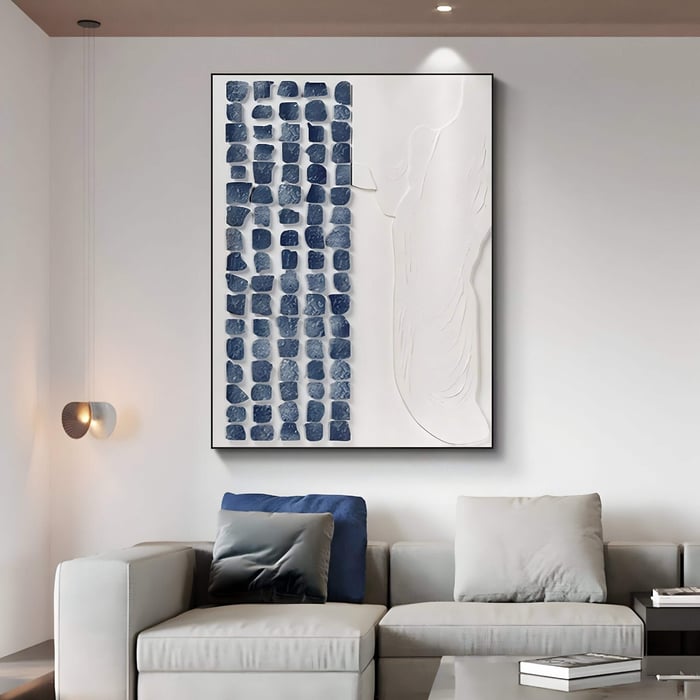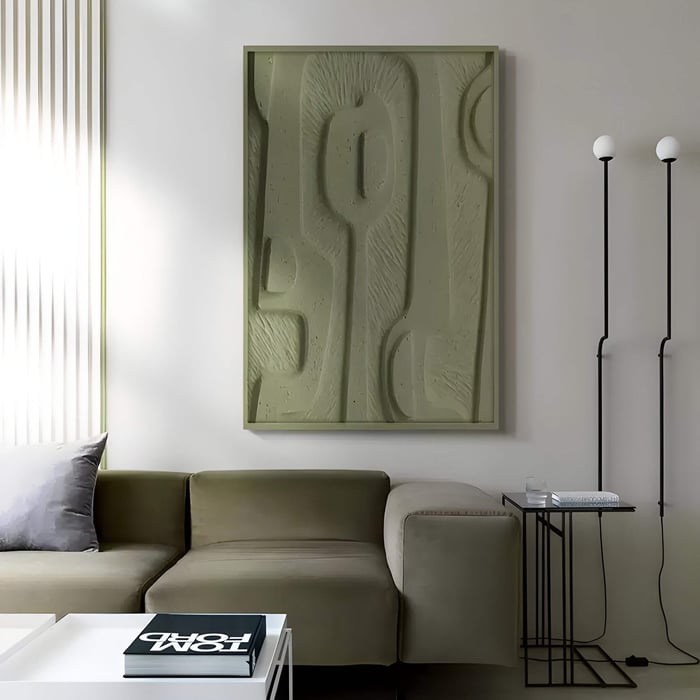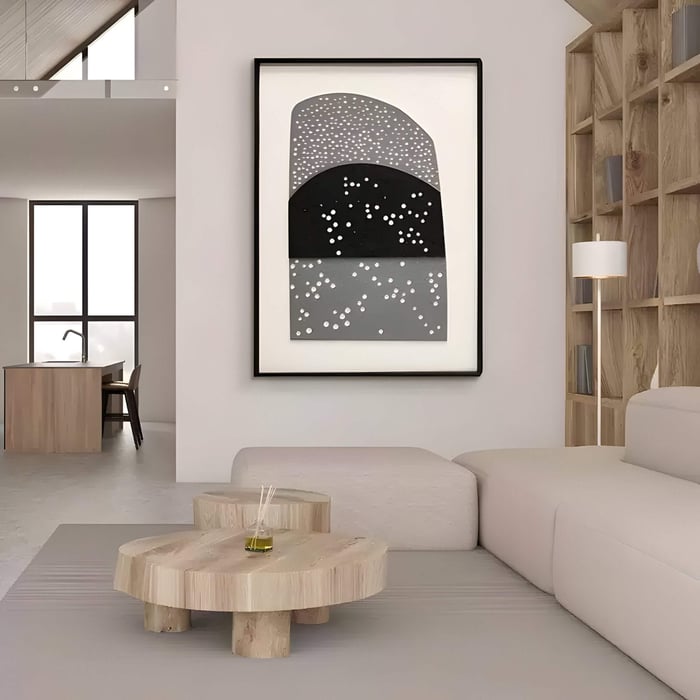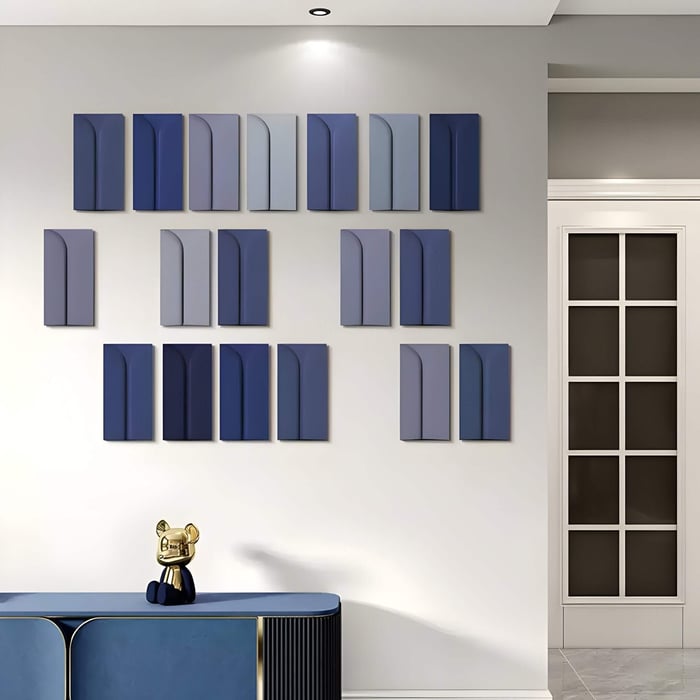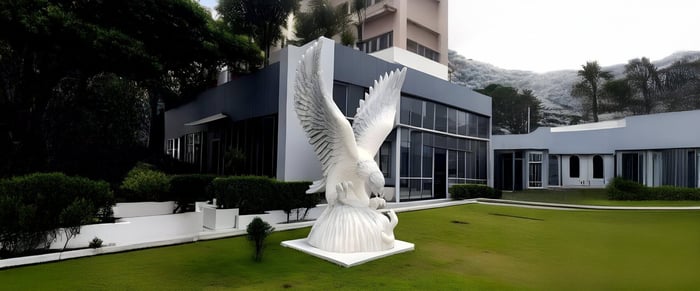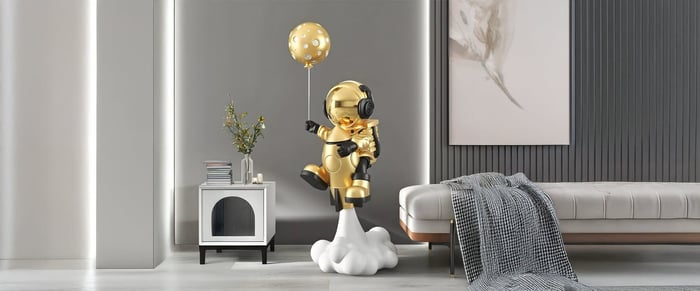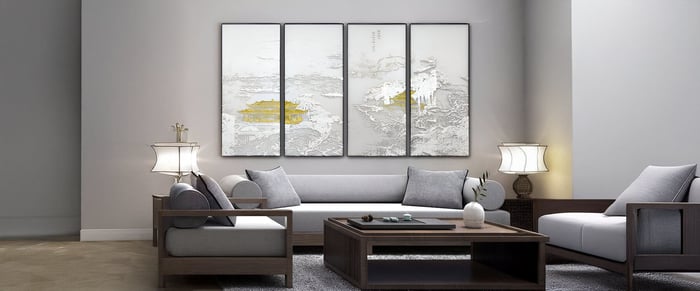Introduction: The Fusion of Texture and Geometry in Modern Interiors
The world of interior design is shifting from flat visuals to full-sensory experiences. Enter tactile geometric art, a style that fuses sculptural texture with modern, geometric composition. This art form is bold, dimensional, and built to be seen and felt.
From intricate 3D wall panels to raised sculptural wall art, geometric design has taken on a new level of depth. It adds architectural character and a dynamic focal point to bedrooms, hallways, and living rooms alike. Textured wall art, especially with geometric patterns, is now a key player in tactile interior design.
What sets this trend apart is how it invites interaction. These artworks play with shadow, material contrast, and perspective, making your wall a living part of the space, not just background decoration. Whether you're going for sleek and modern or cosy and layered, this blend of texture and shape lets you redefine the energy of your walls. Let’s explore how this trend works, what makes it so magnetic, and how to bring it into your home.
Understanding Tactile Geometric Art
Tactile geometric art combines two key visual languages: the precision of geometry and the sensory impact of texture. Unlike flat prints or canvases, these pieces are three-dimensional, demanding physical interaction and spatial presence.
Where classic geometric art was often confined to two-dimensional forms or digital prints, today's trend is about engaging multiple senses. Raised lines, cut-outs, layered compositions, and sculpted contours turn geometric home decor into immersive art.
These pieces often take the form of 3D art panels, modern abstract reliefs, and dimensional wall art that you might find in high-end hotels, curated homes, or stylish offices. Tactile geometric art also taps into the growing popularity of interactive wall decor - art that doesn’t just sit on the wall but creates shadow play, texture shifts, and touchable interest.
In short, this is modern geometric design with substance. It bridges art and architecture, making your wall more than just a backdrop.
Materials and Techniques in Tactile Geometric Art
The materials used in sculptural wall art make a massive difference in the final aesthetic. The most popular include:
Wood: Warm, organic, and easily shaped. Carved wooden panels are a staple in this category, offering both structure and a sense of craft.
Metal: Adds sharpness and industrial edge. Brushed aluminium, brass, or powder-coated steel delivers a refined, modern finish.
Fabric & Felt: These materials soften the geometry and can improve room acoustics, making them excellent for bedroom art or creative studios.
Plaster or Resin: Perfect for high-detail moulds and creating smooth or rippled surfaces that catch light.
Techniques that bring this art to life:
Carving & Routing: Precision tools create grooved surfaces and layered patterns in wood and plaster.
Layering: Cut-out panels or stacked forms create architectural shadow play and visual movement.
Embossing & Moulding: These add subtle raised details that change as light shifts throughout the day.
CNC Machining & 3D Printing: These technologies offer unmatched precision and customisation, perfect for designers pushing the limits of geometric abstraction.
These materials and methods let artists build everything from minimalist wall panels to bold, sculptural installations. Whether you want bold impact or soft tactility, there’s a texture-technique pairing that fits.
Incorporating Tactile Geometric Art into Home Design
Choosing the right piece of tactile art involves more than just liking the shape. It’s about knowing how it will work in your space.
Match Your Interior Style
Modern Spaces: Opt for monochrome or metallic finishes with crisp, angular designs.
Minimalist Rooms: Choose subtle raised panels in neutral tones.
Eclectic Homes: Embrace mixed textures, layered shapes, and bold contrasts.
Scandi-Influenced Spaces: Soft wood textures and clean-lined geometric design work best.
Where to Place It
Living Room Art: Over the sofa or fireplace as a textural centrepiece.
Bedroom Art: Behind the bed, using soft-textured materials to keep the space restful.
Hallway Art: Linear or vertical sculptural wall art draws the eye along narrow corridors.
Office Art: Use angular pieces to add energy or install large wall-mounted geometric forms as an impactful Zoom background.
Balance with Surroundings
If your walls already feature colour or pattern, go with neutral sculptural art to keep the room from feeling overwhelmed. Conversely, textured wall art can be used to bring life to plain or underwhelming rooms.
Benefits of Tactile Geometric Art in Interiors
There’s a reason textured art is trending across modern and luxury interiors alike. The benefits are both aesthetic and psychological:
Depth & Shadow: Unlike flat prints, 3D art shifts throughout the day, casting different shadows depending on natural or artificial light. This evolving presence adds quiet drama to your space.
Sensory Appeal: Texture invites touch. That interaction creates a deeper emotional link between the viewer and the artwork - an important principle in tactile interior design.
Mood Impact: Surfaces you can feel with your eyes can also influence how a room makes you feel. Warm woods suggest comfort. Sharp lines offer clarity and control. Soft curves bring calm.
Conversation Starter: Whether it’s a hand-carved wood grid or a 3D-printed hexagon panel, these works are anything but ordinary. Visitors often stop to ask, touch, or photograph.
Design Flexibility: Dimensional wall art works in small doses or large formats. One bold piece in an entryway can be as powerful as a full wall of modular 3D panels.
And because many pieces are now made in modular, lightweight formats, renters and homeowners alike can integrate them without permanent changes.
DIY Approaches to Tactile Geometric Art
You don’t have to invest in gallery-grade pieces to enjoy this trend. DIY textured geometric art can be rewarding and accessible.
Easy DIY Project: Layered Geometric Canvas
Materials Needed:
Blank canvas or wood panel
Modelling paste or joint compound
Painter’s tape
Acrylic paint
Spatula or palette knife
Steps:
Use painter’s tape to block out geometric patterns on your canvas.
Apply modelling paste inside the taped shapes using a knife. Create thick, raised texture.
Let it dry fully, then remove the tape.
Paint each shape with neutral or bold tones.
You can also experiment with layering MDF pieces, using textured wallpaper offcuts, or wrapping panels with soft fabric to achieve different effects.
DIY art not only adds a personal touch but also deepens your appreciation for the craftsmanship behind sculptural wall art.
Conclusion: Embracing the Textured Geometry Trend
Tactile geometric art invites you to see and feel your space differently. By combining texture, dimension, and the clarity of geometric forms, it offers a compelling alternative to traditional prints or paintings.
Whether you're elevating a hallway or making a statement in your living room, this style adds richness and intent. It blends sculpture with surface, turning your walls into works of modern art.
Explore Giant Sculptures’ curated selection of dimensional wall art and 3D geometric home decor to find the perfect tactile piece for your interior. Let texture and shape redefine your space.










































































